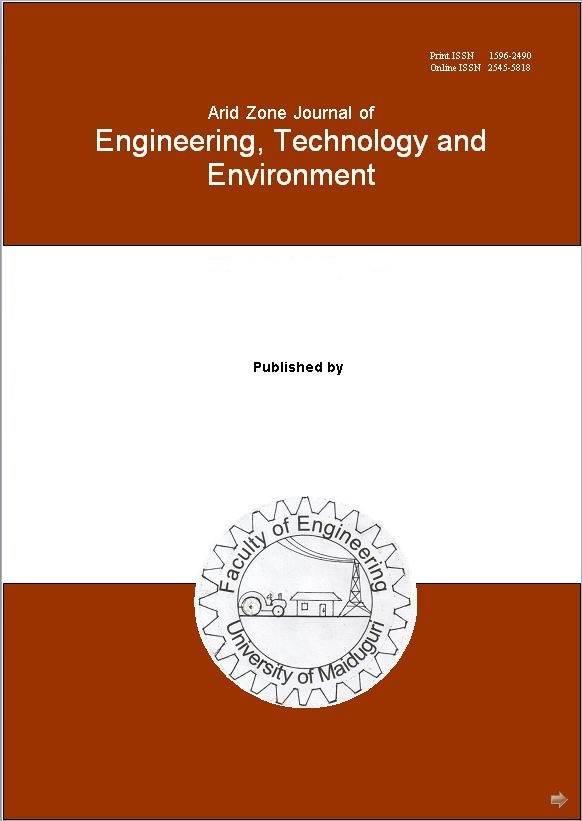Abstract
Most vegetables consumed in the cities of developing countries are grown using wastewater discharged through township drainage network. This paper, therefore, investigates the risk involved in the consumption of such vegetables. The human daily intake rate (DIR) and Health Risk Index (HRI) of heavy metals were calculated using established formulae and the values of DIR ranged from 0.10 mg/kg/day to 0.71 mg/kg/day in wastewater plots in dry season for adults and 0.10 mg/kg/day to 0.14 mg/kg/day for children. Health risk index (HRI) values ranges from 0.40 mg/kg/day to 0.75 mg/kg/day in wastewater plots for adults in dry season and 0.20 mg/kg/day to 0.95 mg/kg/day for children. In wet season wastewater plots, the HRI ranges from 0.40 mg/kg/day to 0.95 mg/kg/day for children. The values of Hazard index (HI) ranged between 1.00 mg/kg/day and 1.21 mg/kg/day for all the seasons. Statistical analysis showed that there is a significant difference between the wet and dry season values for all the parameters assessed. Finally, uptake of heavy metals from the soil by all the vegetable crops under investigation was established. Therefore proper monitoring needs to be carried out to regulate consumption of vegetables produced from the experimental sites as continuous application of the industrial wastewater may lead to further accumulation of these heavy metals.

This work is licensed under a Creative Commons Attribution-NonCommercial-NoDerivatives 4.0 International License.
Copyright (c) 2019 Arid Zone Journal of Engineering, Technology and Environment published by University of Maiduguri, Nigeria.

